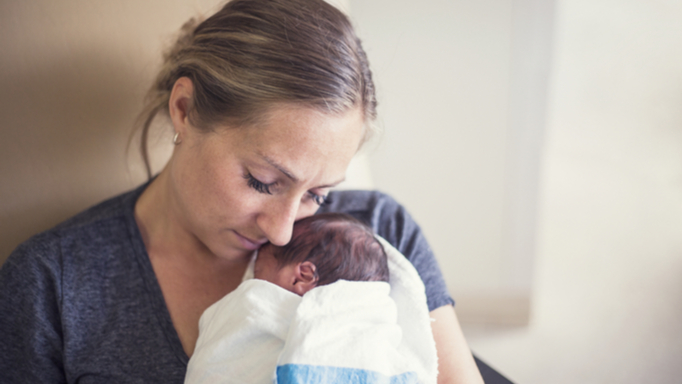President Joe Biden has a gift for workers, especially working women hard-hit by COVID-induced school and daycare closures: government-guaranteed paid time off from work.
The president’s recently released American Families Plan offers an annual benefit of 12 weeks of paid leave for workers facing a personal illness, the illness of a loved one, a new child, bereavement, sexual assault or domestic violence, or a loved one’s military deployment. Workers on leave would receive a minimum of two-thirds of their normal pay. The outline doesn’t stipulate if the government will fund the program with a new payroll tax or if businesses will simply be required to provide these benefits and cover the costs.
With trillion-dollar spending bills now commonplace, few may balk at the program’s estimated $225 billion price tag, even knowing that’s likely a dramatic underestimate. But working women should consider the price they will pay in terms of lost flexibility, reduced benefits, and diminished employment opportunities.
The White House highlights those workers who lack paid leave benefits, but most full-time workers do have paid time off through their employers. Additionally, about 30% of workers live in states with government paid leave programs.
Today, millions of these workers are satisfied with their compensation packages. But they will find that they’re worse off, perhaps even with inferior paid leave benefits, if the American Families Plan becomes law. For starters, workers who today receive full pay when they take sick, personal, or family leave can expect only partial pay replacement. If you are living on a tight budget, making due on two-thirds of your take-home pay may make it impossible to take leave when you need it.
President Biden may promise “if you like your existing benefit program, you can keep it,” but it’s a promise he wouldn’t be able to keep. Companies paying payroll taxes for their employees will expect them to collect government-provided benefits. Companies will prioritize complying with federal requirements for providing sufficient leave and following the paperwork procedure to prove that they do so, rather than finding win-win arrangements, such as telecommuting and flex-time, that work for their employees and their businesses.
Although the benefits are gender-neutral, employers may unconsciously consider which employees will make most use of the up to three months of annual leave, which will come on top of holidays and any vacation time. According to the Pew Research Center, countries with government paid leave programs tend to have larger gender wage gaps. Female workers in European Union countries, renowned for generous paid leave and family benefits, are far less likely than American women to hold managerial positions. While the White House trumpets how California’s state leave program has encouraged new moms to keep their jobs, it ignores research showing that California women who took leave had lower earnings even 10 years later.
People may assume that, even if government paid leave harms privileged workers with good benefits, it will help poorer workers. But research proves that wrong, too. Government paid leave programs consistently transfer money from poorer workers to wealthier ones. And those findings come before you even consider how the new one-size-fits-all paid leave regime will affect job creation overall. Higher employment costs across the board and the new challenges with staffing, as employers have to prepare for increased absenteeism, will encourage businesses to consolidate jobs and reduce the number of employees they have to rely on, especially for positions with fewer skills. That is bad news for workers looking to get a foot in the door.
There are better ways to help workers who today lack paid leave benefits and need more support. We don’t need to disrupt the employment benefits of every single worker. A massive government paid leave program may sound nice at first, but it’s a gift that women will ultimately wish they could return.

